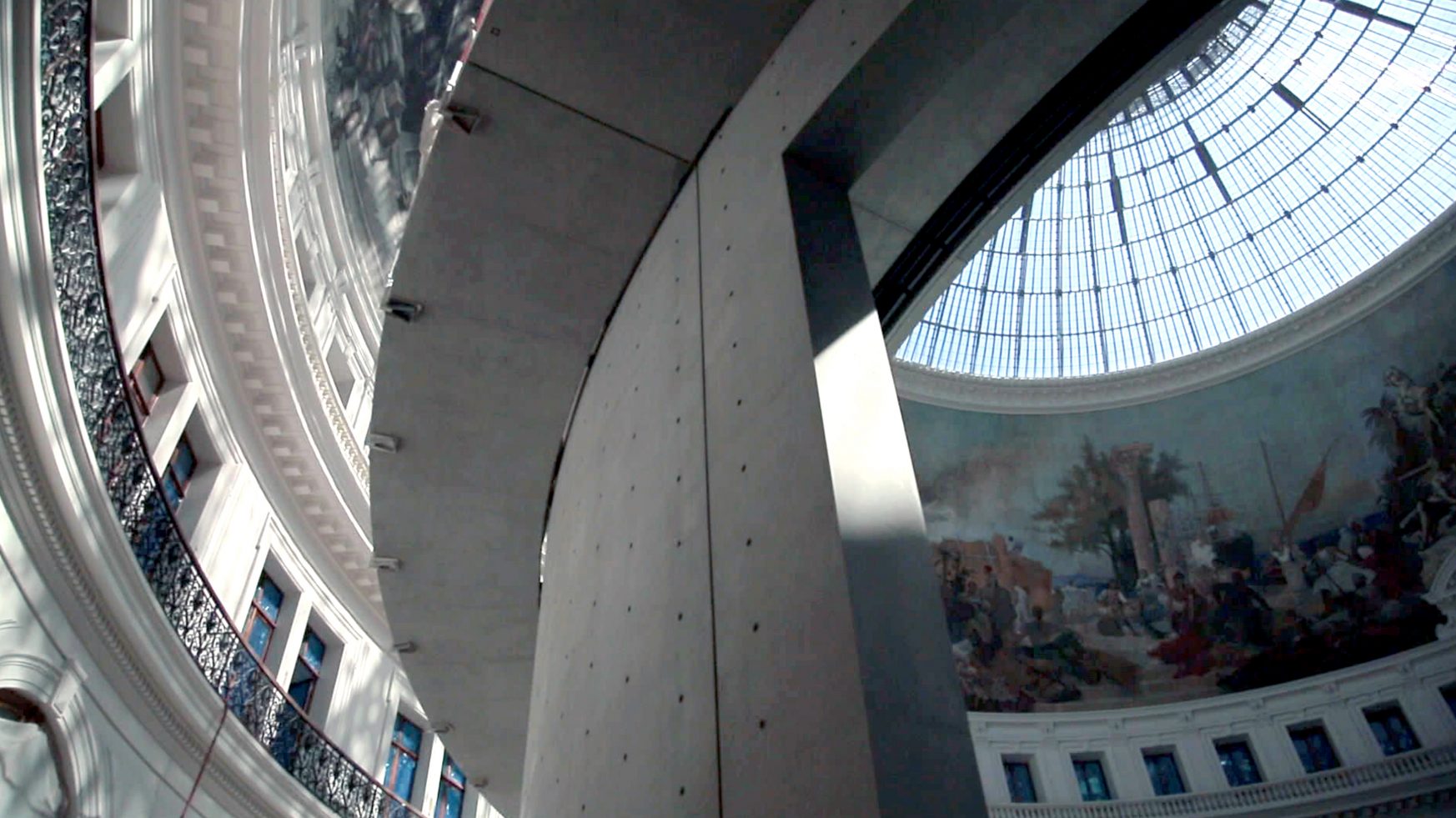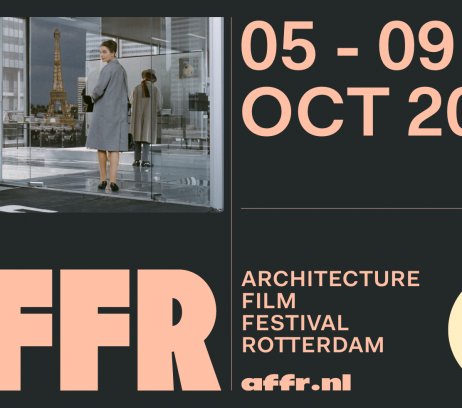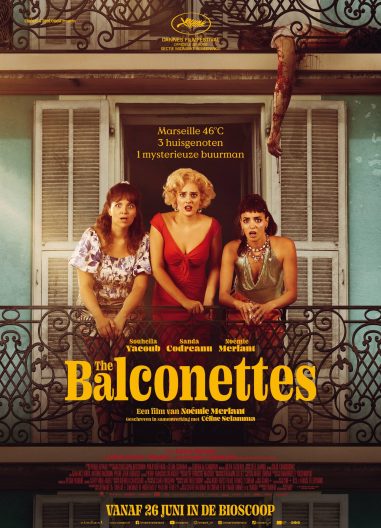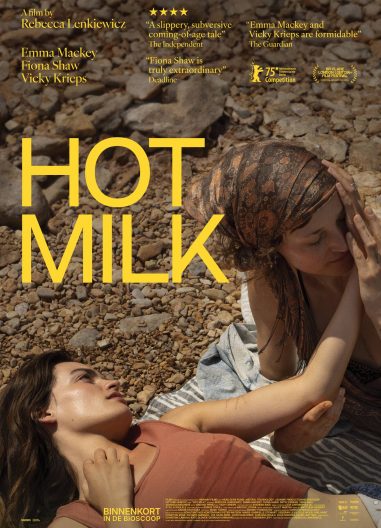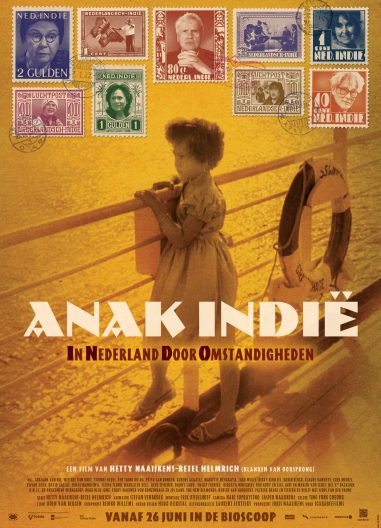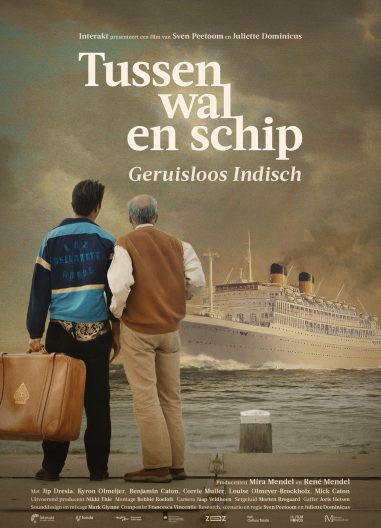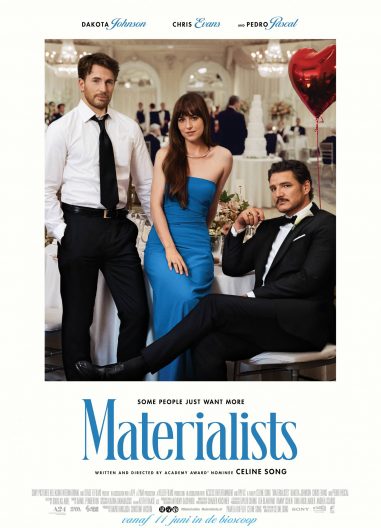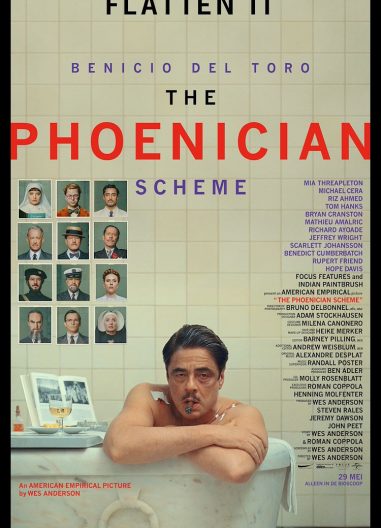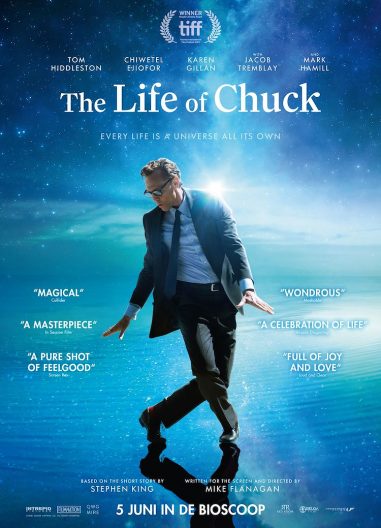The Museum and the Millionaire & Talk
Naarmate meer en meer miljardairs hun geld steken in het verwerven van kunst, is er een nieuwe typologie van het museum ontwikkeld om deze privécollecties te huisvesten. François Pinault, een van de rijkste mannen van Frankrijk, vormt geen uitzondering. Pinault stopte met ondernemen en wijdt zijn nadagen aan zijn buitengewone collectie hedendaagse kunst. Na de realisatie van twee musea in Venetië (Palazzo Grassi en Punta della Dogona), ontworpen door architect Tadao Ando, bundelen de twee mannen opnieuw hun krachten om de voormalige handelsbeurs Bourse de Commerce in het hart van Parijs om te vormen tot het derde museum van Pinault. Regisseur Oliver Lemaire geeft ons een onthullende inkijk in de technische en financiële inspanningen die nodig zijn om de grootse plannen van de beroemde Japanse architect en zijn rijke beschermheer te realiseren. Meer dan 3000 mensen werkten vijf jaar aan de transformatie van het beursgebouw. De functie lijkt daarbij in essentie niet heel erg veel veranderd.
As more and more billionaires pour their money into acquiring art, a new typology of museum has evolved to house their private collection. François Pinault, one of the wealthiest men in France, is no exception. Retired from running his businesses, Pinault is devoting his twilight years to his extraordinary collection of contemporary art. After opening two Venetian museums (Palazzo Grassi and Punta della Dogona) designed by architect Tadao Ando, the two men join forces again to transform the former stock exchange in the heart of Paris into Pinault’s third museum. Director Oliver Lemaire offers us a revealing look at what it takes to realize the vision of the celebrated Japanese architect and his wealthy patron. Over 3000 men labored for five years to transform the Bourse architecturally, though one can argue that the function in essence has remained the same.
The Museum and the Millionaire & Talk
Over de wereld verschijnen spectaculaire nieuwe musea ontworpen door de grootste namen in de architectuur. Zij bieden onderdak aan de uitgebreide, private collecties van welgestelde verzamelaars. Welke invloed hebben deze verzamelaars op de kunstwereld? Anne Kremers, director of FENIX, en architect Ninke Happel gaan in gesprek over de rol van welgestelde, private kunstverzamelaars bij het vormgeven van musea en de branding van musea door middel van architectuur. Dit gesprek vindt plaats in de context van Le musée et le milliardaire anticonformiste, een film over de tentoonstellingsruimte van de Pinault collectie in Bourse de Commerce in Parijs, gerenoveerd door Tadao Ando.
Spectacular new museums designed by the biggest names in architecture appear all over the world. They house the extensive private collections of prosperous collectors. What influence do these collectors have on the art world? Anne Kremers, director of FENIX,, and architect Ninke Happel discuss the role of prosperous private art collectors in shaping museums and branding museums through architecture. This discussion takes place within the context of Le musée et le milliardaire anticonformiste, a film about the exhibition space for the Pinault collection in Bourse de Commerce in Paris, renovated by Tadao Ando.
Kies tijdstip
- filmspecial
Naarmate meer en meer miljardairs hun geld steken in het verwerven van kunst, is er een nieuwe typologie van het museum ontwikkeld om deze privécollecties te huisvesten. François Pinault, een van de rijkste mannen van Frankrijk, vormt geen uitzondering. Pinault stopte met ondernemen en wijdt zijn nadagen aan zijn buitengewone collectie hedendaagse kunst. Na de realisatie van twee musea in Venetië (Palazzo Grassi en Punta della Dogona), ontworpen door architect Tadao Ando, bundelen de twee mannen opnieuw hun krachten om de voormalige handelsbeurs Bourse de Commerce in het hart van Parijs om te vormen tot het derde museum van Pinault. Regisseur Oliver Lemaire geeft ons een onthullende inkijk in de technische en financiële inspanningen die nodig zijn om de grootse plannen van de beroemde Japanse architect en zijn rijke beschermheer te realiseren. Meer dan 3000 mensen werkten vijf jaar aan de transformatie van het beursgebouw. De functie lijkt daarbij in essentie niet heel erg veel veranderd.
As more and more billionaires pour their money into acquiring art, a new typology of museum has evolved to house their private collection. François Pinault, one of the wealthiest men in France, is no exception. Retired from running his businesses, Pinault is devoting his twilight years to his extraordinary collection of contemporary art. After opening two Venetian museums (Palazzo Grassi and Punta della Dogona) designed by architect Tadao Ando, the two men join forces again to transform the former stock exchange in the heart of Paris into Pinault’s third museum. Director Oliver Lemaire offers us a revealing look at what it takes to realize the vision of the celebrated Japanese architect and his wealthy patron. Over 3000 men labored for five years to transform the Bourse architecturally, though one can argue that the function in essence has remained the same.
The Museum and the Millionaire & Talk
Over de wereld verschijnen spectaculaire nieuwe musea ontworpen door de grootste namen in de architectuur. Zij bieden onderdak aan de uitgebreide, private collecties van welgestelde verzamelaars. Welke invloed hebben deze verzamelaars op de kunstwereld? Anne Kremers, director of FENIX, en architect Ninke Happel gaan in gesprek over de rol van welgestelde, private kunstverzamelaars bij het vormgeven van musea en de branding van musea door middel van architectuur. Dit gesprek vindt plaats in de context van Le musée et le milliardaire anticonformiste, een film over de tentoonstellingsruimte van de Pinault collectie in Bourse de Commerce in Parijs, gerenoveerd door Tadao Ando.
Spectacular new museums designed by the biggest names in architecture appear all over the world. They house the extensive private collections of prosperous collectors. What influence do these collectors have on the art world? Anne Kremers, director of FENIX,, and architect Ninke Happel discuss the role of prosperous private art collectors in shaping museums and branding museums through architecture. This discussion takes place within the context of Le musée et le milliardaire anticonformiste, a film about the exhibition space for the Pinault collection in Bourse de Commerce in Paris, renovated by Tadao Ando.

